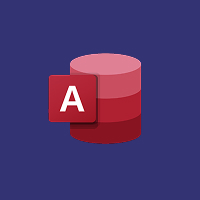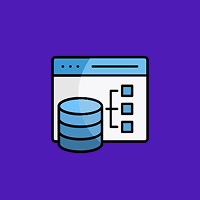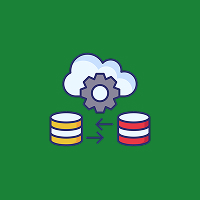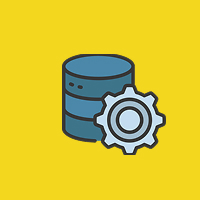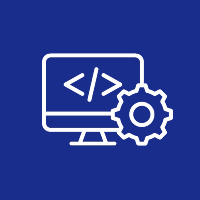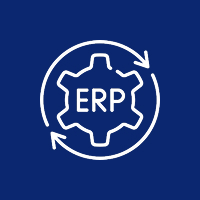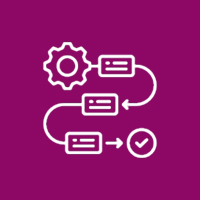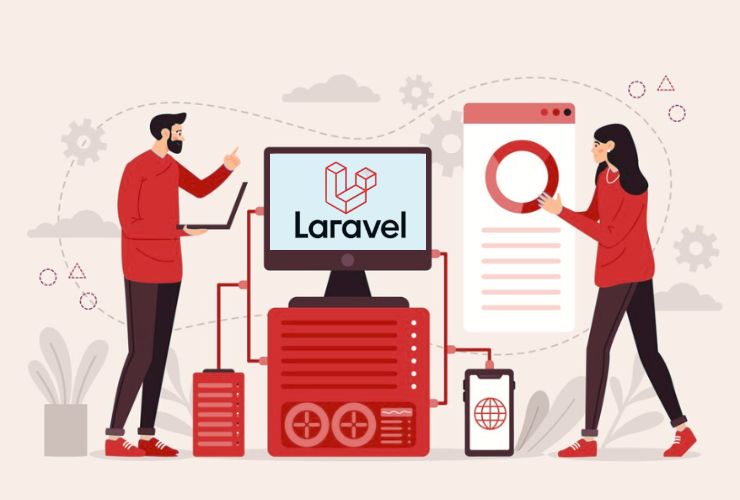WordPress powers millions of websites worldwide and ranks among the most commonly used content management systems. Historically, WordPress worked as a monolithic CMS with a tightly coupled front-end and back-end. Modern web development favors headless architectures. In these, the CMS stores content, and the front-end is separate. Using WordPress as a headless CMS offers many benefits. It helps businesses and developers build faster, flexible, and scalable web apps. This article explores why headless WordPress might suit your next project.
What is Headless WordPress?
Headless WordPress means to decouple the content management system from the presentation layer. Rather than rendering the front-end directly with WordPress themes or templates that use PHP, the WordPress back-end serves content via REST API or GraphQL. The content can be consumed by any front-end technology (for example, React, Vue.js, Angular, or mobile apps) allowing complete design and user experience freedom.
The Benefits of Using Headless WordPress
1. Performance and Speed
The decoupled nature of the front-end gives developers the opportunity to innovate with modern JavaScript frameworks optimized for fast rendering and best practices for client-side applications. Increased performance and speed; providing faster experiences for users, lower server load and better performance metrics, and ultimately, will improve SEO rankings and engagement.
2. Design and Development Flexibility
Headless WordPress enables front-end teams to create a custom interface freed from WordPress themes. This level of flexibility unlocks unique experiences, and more engaging interactions with users that meet very specific needs for you and your brand.
3. Omnichannel Content Delivery
Content reused and delivered across channels have never been easier. Content accessed via API’s can now be the same content reused for websites, mobile apps, digital kiosks, IoT, and other platforms all from a single source of truth.
4. Improved Security
When you decouple the front-end from the WordPress back-end, you reduce the attack surface, and users engage with static or decoupled front-end apps that further mitigate common WordPress vulnerabilities.
5. Improved Scalability and Future-Proofing
A headless site can help better scale by separating these concerns. The flexibility to grow your website and change or upgrade your front-end technology without affecting your content management will future-proof the site and provide you with options to continually adapt to your changing business needs.
Possible Use Cases for Headless WordPress
- Enterprise/Large scale sites that require custom front-ends
- Progressive Web Apps (PWAs) and Single Page Applications (SPAs)
- Multi-platform content delivery (Web, Mobile, IoT)
- Sites needing better performance and/or SEO
- Digital experiences that need complex integrations with third-party services
In Conclusion
Headless WordPress is an excellent option for companies and developers that want to leverage the WordPress content management system, along with the flexibility and performance of a frontend technology stack. Using a headless architecture, you can future-proof your digital projects, provide better user experiences, and scale without limitations.
At Eedge Technology, we specialize in WordPress headless development that meets your specific business needs. Get in touch with us today to find out how headless WordPress can take your digital presence to the next level.



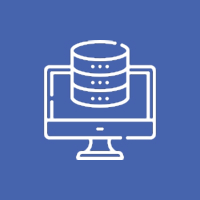









 Database Development
Database Development




